Growing Adoption of Smart Devices
the proliferation of smart devices in South Korea is a key driver for the ultra low-power microcontroller market. As consumers and businesses alike embrace smart technologies, the demand for energy-efficient microcontrollers rises. In 2025, it is estimated that the number of connected devices in South Korea will reach approximately 30 million, leading to a projected market growth of 15% in the ultra low-power-microcontroller sector. This trend is fueled by the need for longer battery life and reduced energy consumption in devices such as wearables, smart home appliances, and industrial automation systems. Consequently, manufacturers are focusing on developing microcontrollers that offer enhanced performance while maintaining low power consumption, thereby catering to the evolving needs of the market.
Expansion of Smart Grid Technologies
the advancement of smart grid technologies in South Korea serves as a significant driver for the ultra low-power microcontroller market. As the country modernizes its energy infrastructure, the integration of smart meters and grid management systems necessitates the use of ultra low-power microcontrollers. These components are essential for real-time data processing and communication, enabling efficient energy distribution and consumption monitoring. The South Korean government has allocated approximately $1 billion for smart grid initiatives, which is expected to enhance the demand for ultra low-power microcontrollers. This investment not only supports the transition to renewable energy sources but also fosters the growth of the ultra low-power-microcontroller market as it becomes integral to the smart grid ecosystem.
Rising Demand for Wearable Technology
the surge in popularity of wearable technology in South Korea is a notable driver for the ultra low-power microcontroller market. With consumers increasingly seeking health and fitness tracking solutions, the demand for energy-efficient microcontrollers is on the rise. The wearable technology market is projected to grow at a CAGR of 20% through 2025, creating a substantial opportunity for ultra low-power microcontroller manufacturers. These microcontrollers are crucial for ensuring that wearables operate efficiently, providing extended battery life while supporting advanced features such as heart rate monitoring and GPS tracking. As the wearable market continues to expand, the ultra low-power-microcontroller market is likely to experience significant growth, driven by the need for innovative and energy-efficient solutions.
Increased Focus on Environmental Sustainability
the ultra low-power microcontroller market is significantly influenced by the growing emphasis on environmental sustainability in South Korea. As the government and industries strive to reduce carbon footprints, there is a heightened demand for energy-efficient solutions. The adoption of ultra low-power microcontrollers can lead to substantial energy savings, potentially reducing energy consumption by up to 40% in various applications. This aligns with South Korea's commitment to achieving its carbon neutrality goals by 2050. Companies are increasingly investing in research and development to create microcontrollers that not only meet performance standards but also contribute to sustainable practices. This shift towards eco-friendly technology is likely to drive innovation and growth within the ultra low-power-microcontroller market.
Technological Advancements in Consumer Electronics
Technological advancements in consumer electronics are propelling the ultra low-power-microcontroller market forward. As South Korean manufacturers innovate and enhance product functionalities, the demand for microcontrollers that can support complex applications while consuming minimal power increases. The consumer electronics sector is expected to grow by 10% annually, with a notable shift towards devices that prioritize energy efficiency. This trend is particularly evident in smartphones, tablets, and smart home devices, where ultra low-power microcontrollers play a critical role in optimizing performance and battery life. As manufacturers continue to push the boundaries of technology, the ultra low-power-microcontroller market is poised for growth, driven by the need for cutting-edge, energy-efficient solutions.


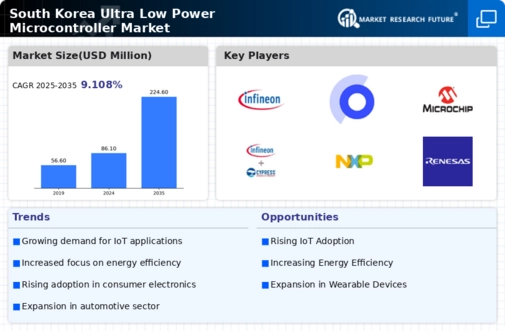
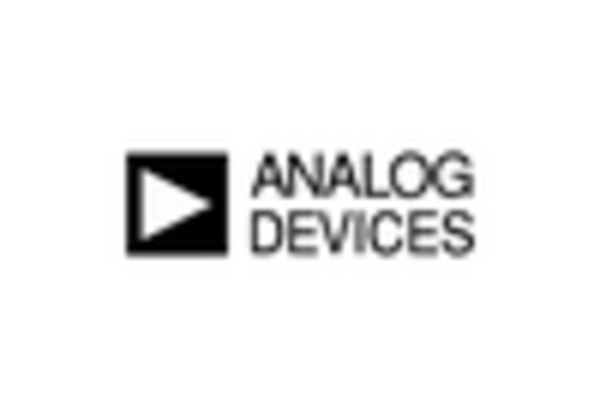
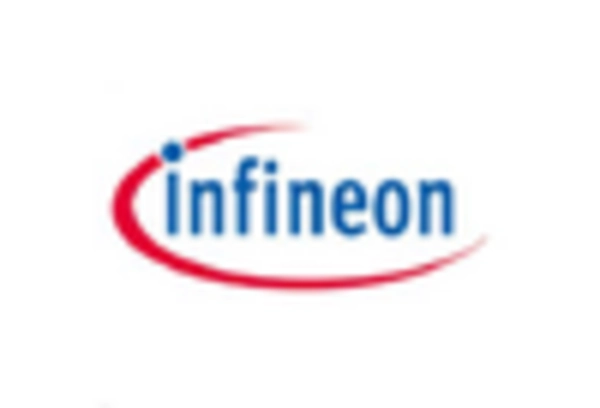
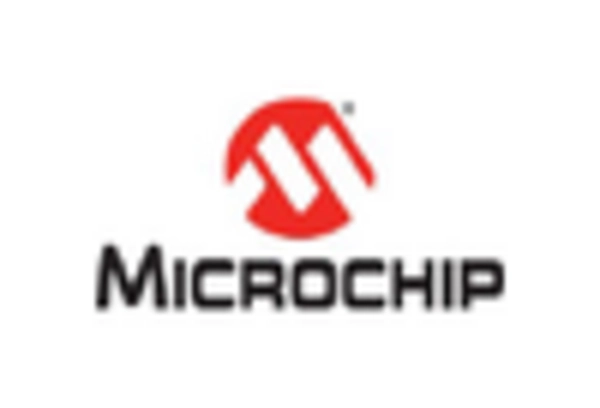
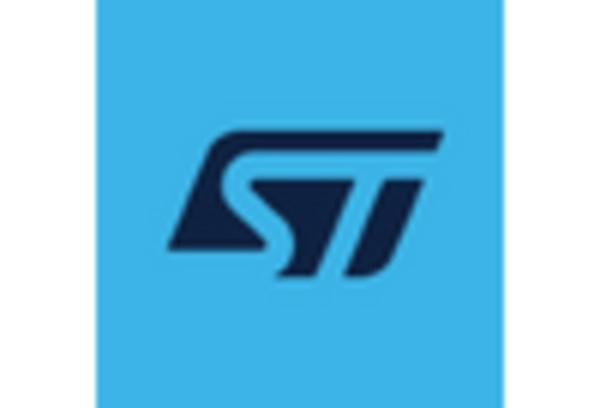
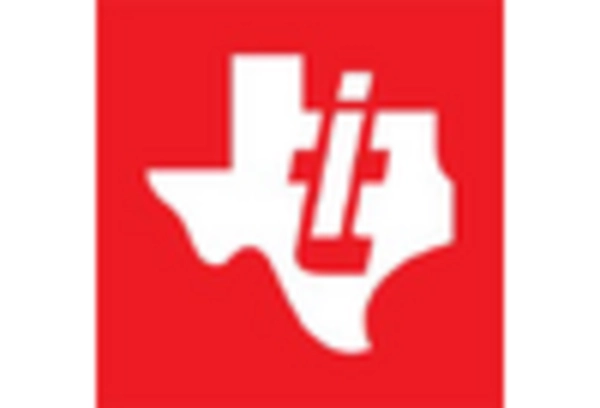








Leave a Comment